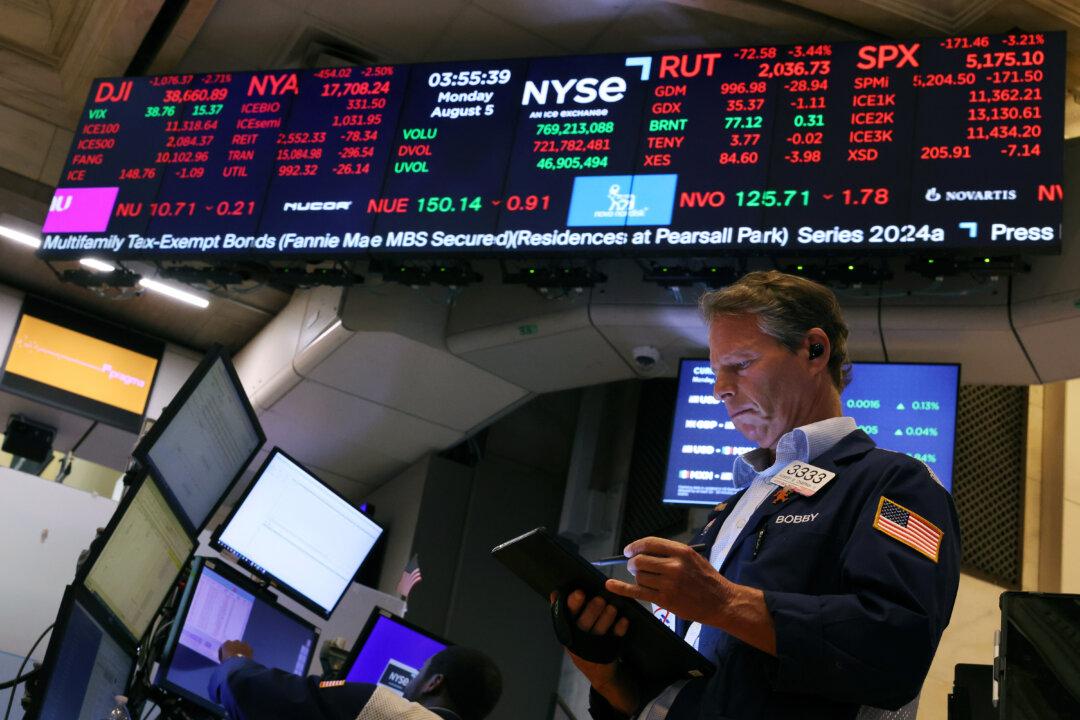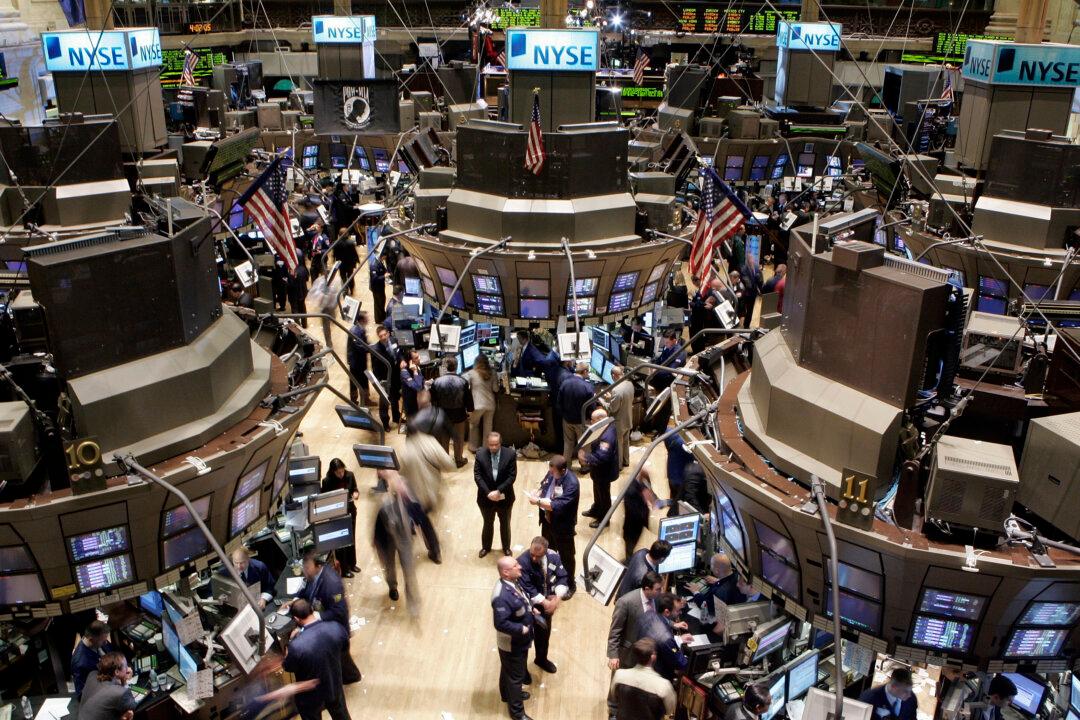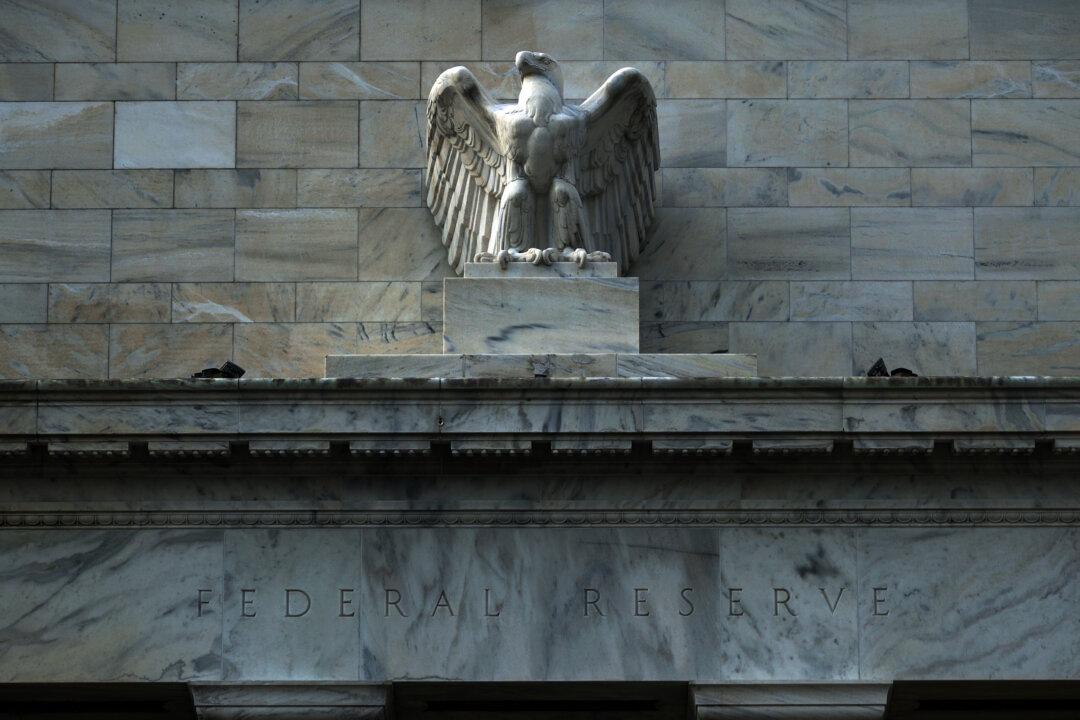Commentary
The recent market weakness suggests a combination of profit-taking and concerns about the latest U.S. jobs and manufacturing figures, added to the abrupt unwinding of part of the yen carry trade. Valuations had soared, and market participants now demand central bank easing. However, rate cuts may not be enough to send markets to new all-time highs. Money supply growth and quantitative easing are needed to maintain these valuations.





